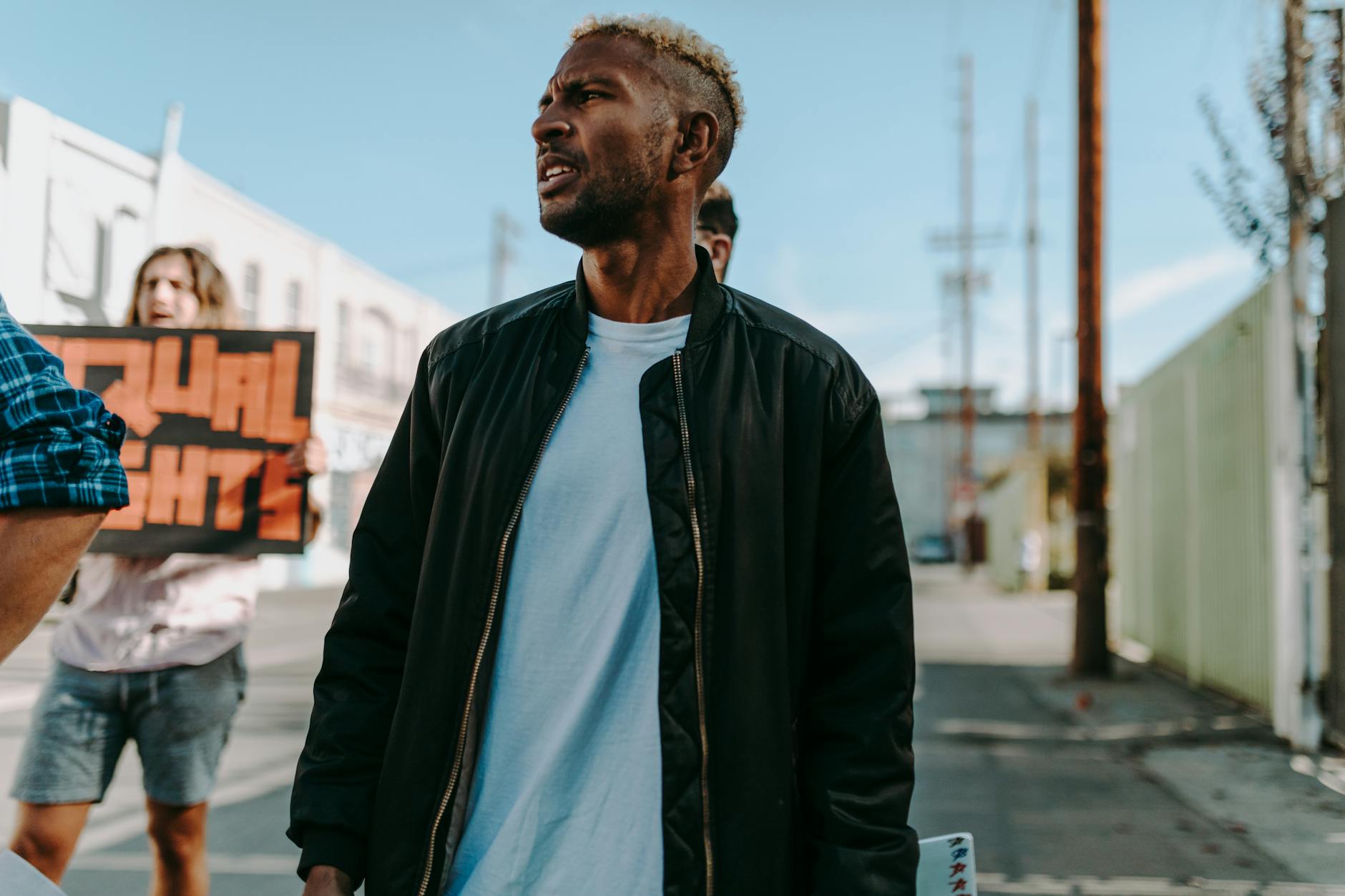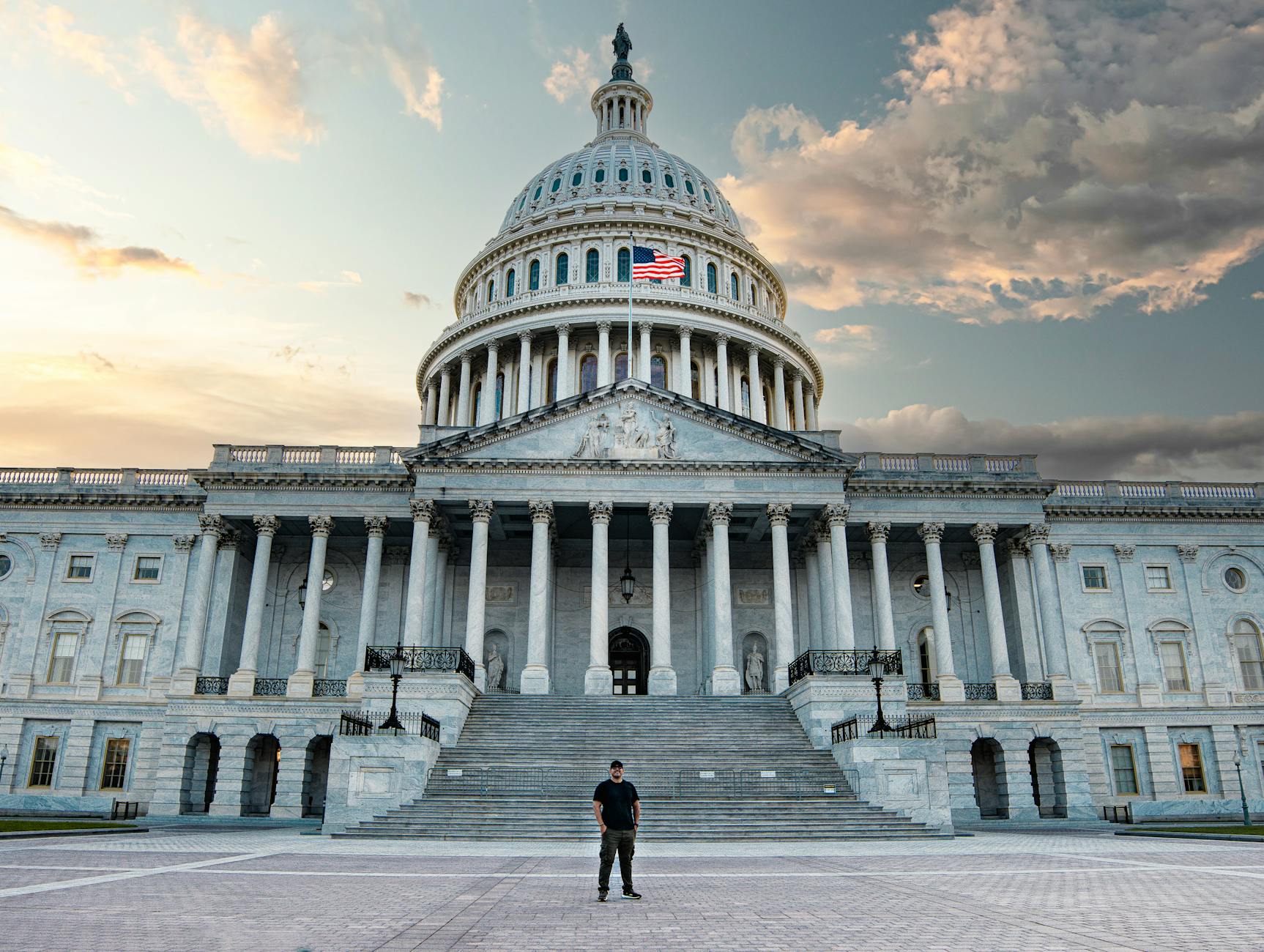Defiance in the Aisles: Air Canada Flight Attendants Stand Firm Amidst Legal Battles
Union President Prepared for Custody to Uphold Strike’s “Unlawful” Designation
The ongoing labor dispute at Air Canada has reached a critical juncture, with the union representing the airline’s flight attendants declaring their refusal to end what a federal tribunal has deemed an “unlawful” strike. The union’s president has publicly stated a willingness to face jail time rather than comply with a back-to-work order, signaling a deep-seated commitment to their cause and a stark defiance of the tribunal’s ruling.
This dramatic stance has plunged the national carrier into further uncertainty, impacting both its operations and its relationship with its dedicated cabin crew. The situation highlights the complexities of labor relations within the airline industry, where the potential for widespread disruption and the rights of workers often clash with legal frameworks and corporate interests.
Introduction
In a move that has captured national attention, the Canadian Union of Public Employees (CUPE), representing Air Canada’s flight attendants, has firmly rejected a back-to-work order issued after a federal tribunal declared their strike “unlawful.” The president of CUPE, an unnamed figurehead in this ongoing industrial action, has conveyed an unwavering resolve, even going so far as to express a personal willingness to face imprisonment to contest the tribunal’s decision and protect the union’s position. This development escalates the conflict, transforming a standard labor negotiation into a legal and moral battleground, with significant implications for the airline’s future and the rights of its employees.
The airline industry, inherently reliant on intricate logistical networks and a highly trained workforce, is particularly vulnerable to labor disruptions. Flight attendants, who are the frontline representatives of an airline and play a crucial role in passenger safety and comfort, are at the heart of this dispute. Their current actions, while legally challenged, underscore the depth of their grievances and their perceived lack of adequate recourse through conventional negotiation channels.
Context & Background
The roots of this conflict trace back to ongoing negotiations between Air Canada and CUPE concerning a new collective bargaining agreement. While the specific points of contention remain the subject of intense negotiation and, at times, public debate, the general themes often revolve around wages, working conditions, benefits, and job security. The breakdown in these negotiations, culminating in the strike action, suggests a significant divergence in the expectations and priorities of both the employer and the employees.
The decision by a federal tribunal to label the strike “unlawful” is a pivotal moment in this dispute. Such a designation typically signifies that the strike has not met the legal requirements for industrial action as stipulated by Canadian labor law. This could be due to various factors, including procedural irregularities, the nature of the demands made by the union, or the timing of the strike itself. The consequences of an unlawful strike can be severe, potentially leading to injunctions, fines, and, as in this case, back-to-work orders.
The union’s defiant response to this order, particularly the president’s willingness to face legal repercussions, suggests a belief that the tribunal’s ruling is either unjust or based on a misinterpretation of the situation. Unions often view such rulings as a tool used by employers or the state to suppress legitimate worker action, thereby undermining their collective bargaining power. The president’s courageous, albeit controversial, stance is likely intended to rally support, highlight the perceived unfairness of the ruling, and demonstrate the union’s commitment to its members.
Historically, labor disputes in the airline sector have been fraught with tension. The critical nature of air travel means that strikes can have immediate and far-reaching economic and social consequences. Governments and regulatory bodies often intervene to ensure the continuity of essential services, which can sometimes be perceived by unions as an overreach that infringes upon workers’ fundamental rights to organize and strike.
Understanding the legal framework governing labor relations in Canada is crucial here. The Canada Labour Code outlines the rights and responsibilities of employers and employees, including the procedures for collective bargaining and the conditions under which strikes and lockouts are permissible. The specific tribunal that issued the back-to-work order would have operated under these or related legislative provisions.
In-Depth Analysis
The pronouncement of the strike as “unlawful” by a federal tribunal introduces a layer of legal complexity that moves the dispute beyond the realm of typical labor negotiations. This designation is not merely a semantic one; it carries significant legal weight and can drastically alter the power dynamics between the union and Air Canada. Under Canadian labour law, strikes are generally permitted when certain conditions are met, such as the failure of conciliation efforts and the provision of proper notice. If the tribunal found that these conditions were not met, or that the strike was otherwise in contravention of the law, its order to return to work is legally binding.
The union president’s declaration of willingness to face jail time is a powerful symbolic gesture, aiming to underscore the perceived gravity of the situation from the union’s perspective. It suggests that the underlying issues are so critical to the flight attendants’ well-being and their collective rights that even the threat of imprisonment is considered a lesser evil than capitulating to what they view as an unjust mandate. This can serve to galvanize union members, boost morale, and garner public sympathy by framing the struggle as one for fundamental labor rights against an oppressive system.
However, from a legal and operational standpoint, defiance of a tribunal’s order carries substantial risks. Individuals or organizations found in contempt of court or in violation of such orders can face fines, asset seizure, and, in the case of individuals, imprisonment. For the union, this could lead to increased legal costs, further alienation of public opinion if perceived as disregarding the rule of law, and a weakening of its bargaining position if its actions are seen as reckless or illegal.
The specifics of why the strike was deemed unlawful are critical to a complete understanding. Was it a procedural flaw in the strike vote? Was the strike action taken before all mandated negotiation or conciliation steps were exhausted? Or did the tribunal interpret the union’s demands or the employer’s response in a way that rendered the strike illegal? Without this information, it is difficult to definitively assess the validity of the tribunal’s ruling and the union’s subsequent defiance. The lack of transparency around the specific reasons for the “unlawful” designation, if not publicly detailed by the tribunal or reported by the source, presents a gap in understanding.
The economic impact on Air Canada is also substantial. Strikes, regardless of their legality, disrupt flight schedules, lead to cancellations, and result in lost revenue. Furthermore, the prolonged nature of such disputes can damage the airline’s reputation and customer loyalty. The defiance of a back-to-work order exacerbates these issues, introducing legal uncertainty that can deter bookings and complicate operational planning.
From a broader societal perspective, the situation raises questions about the balance of power between labor and capital, the effectiveness of labor dispute resolution mechanisms, and the rights of workers in essential service industries. The stance taken by the union president could influence future labor relations in Canada, potentially emboldening unions in similar disputes or, conversely, leading to stricter regulations if such defiance is perceived as undermining the legal order.
It is also important to consider the potential for external influences or precedents. Have similar situations occurred in other countries or within other sectors in Canada? Examining how those cases were resolved could provide insight into the potential trajectory of this dispute.
Pros and Cons
From the Union’s Perspective:
- Potential Pro: Upholding Worker Rights and Solidarity. By defying the order and the president expressing willingness to face jail, the union signals an uncompromising stance on what they perceive as fundamental worker rights and demonstrates strong solidarity among its members. This can be seen as a principled stand for dignity and fair treatment.
- Potential Pro: Increased Leverage. The dramatic nature of the defiance, particularly the personal risk taken by the leader, can generate significant public attention and sympathy, potentially putting greater pressure on Air Canada and the government to negotiate a more favorable settlement.
- Potential Pro: Moral Victory and Inspiration. Even if the legal battle is lost, the union may achieve a moral victory by inspiring other labor movements and demonstrating that workers can resist what they deem to be unjust rulings.
- Potential Con: Legal Repercussions. The most immediate con is the risk of severe legal penalties, including substantial fines for the union and imprisonment for its leaders, which could cripple the organization financially and organizationally.
- Potential Con: Erosion of Public Support. If the defiance is perceived by the general public as a disregard for the rule of law or as causing undue disruption, it could lead to a loss of public sympathy and support, which is crucial for any labor action.
- Potential Con: Weakened Bargaining Position. If the union is found to have acted illegally and faces significant penalties, it may be forced into a weakened position during future negotiations, potentially accepting less favorable terms to recover.
- Potential Con: Internal Division. Not all members may agree with the extreme measure of defying a legal order, potentially leading to internal dissent and a fracturing of union unity.
From Air Canada’s Perspective:
- Potential Pro: Legal Vindication. The tribunal’s ruling provides Air Canada with a legal basis to demand an end to the strike, which can be used to pressure the union and potentially seek legal remedies against them.
- Potential Pro: Resumption of Operations. The airline’s primary goal is to resume normal operations. A back-to-work order, if enforced, would allow for this, minimizing further financial losses and reputational damage.
- Potential Pro: Setting a Precedent. By successfully challenging the strike and potentially imposing penalties for defiance, Air Canada may set a precedent that discourages future “unlawful” strike actions by its employees or other unions.
- Potential Con: Increased Acrimony. The defiance of a legal order will likely escalate tensions and animosity between the airline and its flight attendants, making future labor relations more difficult and potentially leading to further disputes.
- Potential Con: Reputational Damage. Even with a legal victory, the prolonged dispute and the perception of a company unwilling to negotiate fairly can harm Air Canada’s public image and its attractiveness as an employer.
- Potential Con: Operational Uncertainty. The union’s continued defiance means that Air Canada cannot be certain of when or if its flight attendants will return to work, creating ongoing operational uncertainty and planning challenges.
- Potential Con: Cost of Legal Battles. Air Canada will incur significant legal costs in enforcing the tribunal’s order and potentially pursuing further legal action against the union.
Key Takeaways
- Air Canada’s flight attendants’ union is refusing to end a strike deemed “unlawful” by a federal tribunal.
- The union president has stated a willingness to face jail time to contest the tribunal’s ruling.
- This defiance escalates the labor dispute, moving it into a significant legal confrontation.
- The specific reasons for the tribunal’s “unlawful” designation are critical to understanding the legitimacy of the union’s defiance.
- The situation carries substantial legal, financial, and reputational risks for both the union and Air Canada.
- The outcome could set a precedent for labor relations within Canada’s airline industry.
Future Outlook
The immediate future of this dispute hinges on the legal ramifications of the union’s defiance. Air Canada is likely to pursue legal avenues to enforce the tribunal’s order, which could involve seeking court injunctions, contempt of court proceedings, and substantial financial penalties against the union. The union, conversely, will likely continue its resistance, potentially seeking to challenge the tribunal’s ruling itself or using the ongoing defiance as leverage in negotiations.
The possibility of leaders facing arrest and imprisonment remains a very real, albeit extreme, consequence of their actions. This would undoubtedly galvanize the union further but could also lead to public outcry and pressure for a resolution. The government may also play a role, either by mediating the dispute or by enacting legislation if the situation becomes untenable and significantly impacts national infrastructure or public safety.
Public opinion will be a critical factor. If the public continues to support the flight attendants’ cause, it could embolden the union and put pressure on Air Canada and policymakers. Conversely, if the disruptions are perceived as excessive or the defiance as lawless, public sympathy could wane, weakening the union’s position.
From a negotiation standpoint, the defiance might force Air Canada to the table with a more serious intent to find a resolution, recognizing the potential for protracted and damaging legal battles. Alternatively, it could harden the airline’s stance, seeking to break the union’s resistance through legal and financial means.
The long-term outlook for Air Canada’s labor relations could be significantly shaped by this confrontation. A hard-line approach by either side, or a prolonged period of legal battles, could lead to an even more fractured and contentious relationship between management and its flight attendants for years to come.
Call to Action
For readers seeking to understand this unfolding situation further, it is recommended to consult official statements from both Air Canada and CUPE for their respective perspectives on the dispute and the tribunal’s ruling. Information regarding Canadian labour law, particularly the Canada Labour Code, can provide valuable context on the legal framework governing such industrial actions.
Additionally, seeking out reports from reputable news organizations that are providing ongoing coverage can offer a broader understanding of the public discourse and the evolving legal and operational aspects of this critical labor dispute. Understanding the specific findings of the federal tribunal that declared the strike “unlawful” would be particularly beneficial for a comprehensive analysis.
For those who wish to engage with the parties involved, expressing informed opinions directly to Air Canada’s management and to CUPE representatives may be a way to contribute to the dialogue. However, it is crucial to approach such engagement with respect for all parties and a commitment to factual accuracy.





